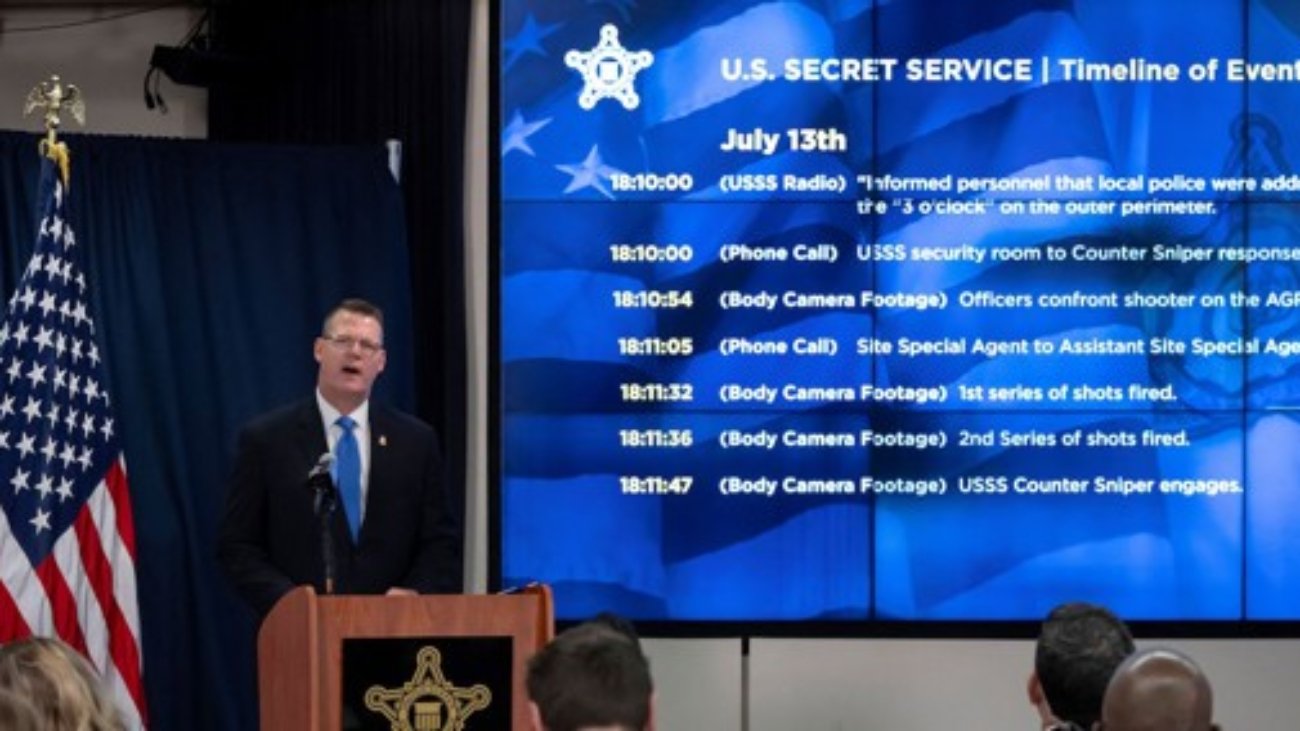Congress on Wednesday sent a three-month spending bill to President Biden for his signature, averting a shutdown until after the election.
The passage of the continuing resolution, which will keep agencies afloat through Dec. 20, sets up a new fight over government funding during the lame duck session of Congress just before Christmas. The House and Senate—which separately approved the CR on Wednesday—remain far divided on the path forward for full-year appropriations, but avoided forcing agencies to shutter on Oct. 1.
Congressional leaders announced a bipartisan breakthrough over the weekend after House Republicans for weeks suggested they would not back a short-term funding measure unless congressional Democrats and the White House agreed to certain partisan demands. The measure won broad bipartisan support in both chambers despite opposition from dozens of Republicans, passing the House in a 341-82 vote, and avoided any efforts to slow the bill down in the Senate.
House Speaker Mike Johnson, R-La., agreeing to a stopgap CR came over the objections of former President Trump, who instructed Republicans to reject any funding deal if it did not include legislative provisions to address his unsubstantiated claims of widespread voting from non-citizens.
The House voted last week on a six-month CR that included the Safeguard American Voter Eligibility (SAVE) Act, but more than a dozen Republicans joined Democrats in defeating it. Johnson told reporters on Tuesday that there was “no daylight” between him and Trump.
“I’m not defying President Trump,” Johnson said. “We’re getting our job done.” He added it would be “political malpractice” to allow a shutdown so close to a presidential election.
The CR will largely continue agency funding at their fiscal 2024 levels, though it includes some “anomalies,” including $231 million to the U.S. Secret Service for its protective mission. The agency has faced additional scrutiny and pressure to ramp up its efforts after two failed assassination attempts on Trump in recent months.
The measure also prevents agencies from furloughing or terminating employees due to budget shortfalls, includes additional funds for the Office of Personnel Management to set up a new health benefits program for the U.S. Postal Service and adds spending for transition activities at the White House, General Services Administration and the National Archives and Records Administration.
By voting on Wednesday and avoiding delays, lawmakers can now head back to their districts and states through the election. Senate Majority Leader Chuck Schumer, D-N.Y., praised his colleagues for acting with days to spare, an unusual feat in recent shutdown politics.
“Americans can breathe easy that because both sides have chosen bipartisanship, Congress is getting the job done,” Schumer said. “We will keep the government open. We will prevent vital government services from needlessly coming to a halt. We’ll give appropriators more time to fully fund the government before the end of the year.”
When Congress returns after the election, focus will turn to approving full-year appropriations bills. The House has passed five of the 12 required annual spending bills, though it has done so in party-line votes and at spending levels below what Republicans and the White House previously agreed to as part of a two-year budget deal. The Senate has passed 11 of its 12 bills using higher funding totals in overwhelmingly bipartisan votes at the committee level, though none have been approved on the floor.
Johnson expressed confidence he would avoid putting all of the spending bills together in one omnibus package. In March, when Congress finally passed fiscal 2024 appropriations, the measures were split into two “minibuses.”
“There will be no Christmas omnibus,” Johnson said, adding he does not want “any buses” that lump spending bills together. “We’ll deal with that in the lame duck.”
Sen. Patty Murray, D-Wash., who chairs the Senate Appropriations Committee, committed only to pushing full-year spending bills through before the new pre-Christmas deadline.
“There are so many urgent national priorities that still must be addressed in our full-year funding bills,” Murray said. “I will be working closely with colleagues on both sides of the aisle to ensure we get the job done before the end of the year.”
Rep. Rosa DeLauro, D-Conn., the top Democratic appropriator in the House, suggested Congress would inevitably wind up funding agencies at the levels set in the Fiscal Responsibility Act, the budget deal Biden previously struck with House Republicans.
“We know where we must end up,” DeLauro said from the House floor Wednesday. “It is my hope this bill will provide the bipartisan momentum to arrive there.”















